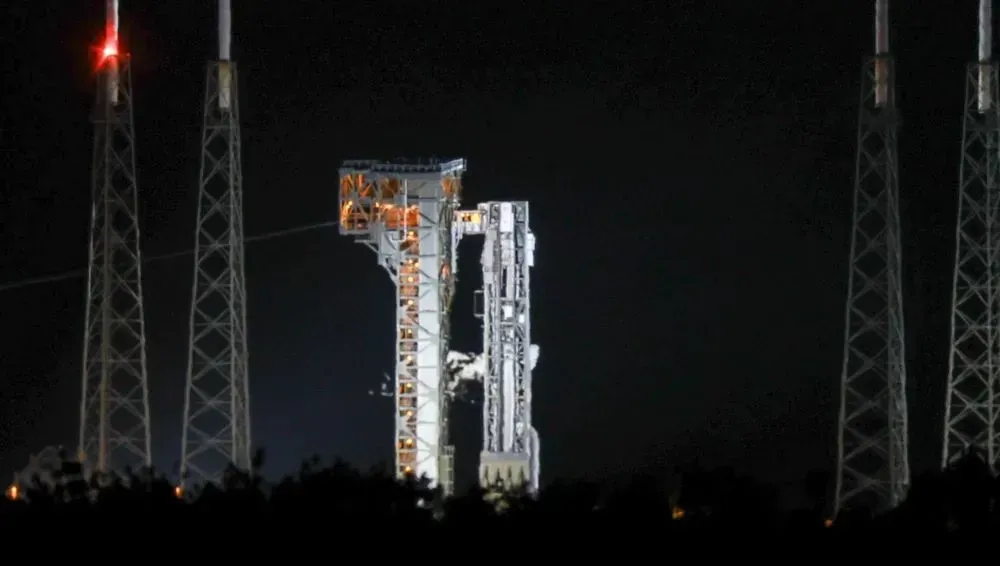First manned test flight of Boeing spacecraft postponed again due to technical problems
Kyiv • UNN
The first manned test flight of Boeing's Starliner spacecraft to the International Space Station is postponed again due to a technical problem with the oxygen valve on the Atlas V rocket.

The Boeing Starliner spacecraft was supposed to take off for the first time yesterday with astronauts on board, heading for the International Space Station. But the long-awaited launch has been postponed - the American aircraft manufacturer cites a technical problem with the Atlas V rocket as the reason. This was reported by UNN with reference to NASA's page on the X platform and the Space magazine.
Details
Boeing's new commercial spacecraft, the Starliner, aborted its first launch attempt late tonight (May 6) due to a problem with an "oxygen valve on the Centaur stage of the Atlas V rocket." It is not yet known how long it will take to fix the problem.
An anomaly was found on the valve of the Atlas V rocket that was supposed to launch the capsule into orbit, the launch vehicle manufacturer, ULA Group, announced.
NASA's priority is safety. Takeoff will take place "when we are ready

For reference
The Starliner was scheduled to deliver a crew of astronauts, Barry "Butch" Wilmore and Suni Williams, to the International Space Station. Both are former U.S. Navy test pilots and long-time veterans of the International Space Station. Their new Starliner mission is expected to spend about a week on the orbital complex.
Wilmore and Williams, if launched, will be the first crew to fly from Cape Canaveral since Apollo 7 in 1968. They will also be the first humans to fly into space aboard an Atlas rocket since Gordon Cooper, who did so on Mercury-Atlas 9 in 1963.
Recall
Mars life search project too expensive, new ideas needed - NASA
China has launched the Chang'e-6 probe to return rock and soil samples from the ancient South Pole-Aitken Basin on the far side of the Moon, the first such mission in the world.